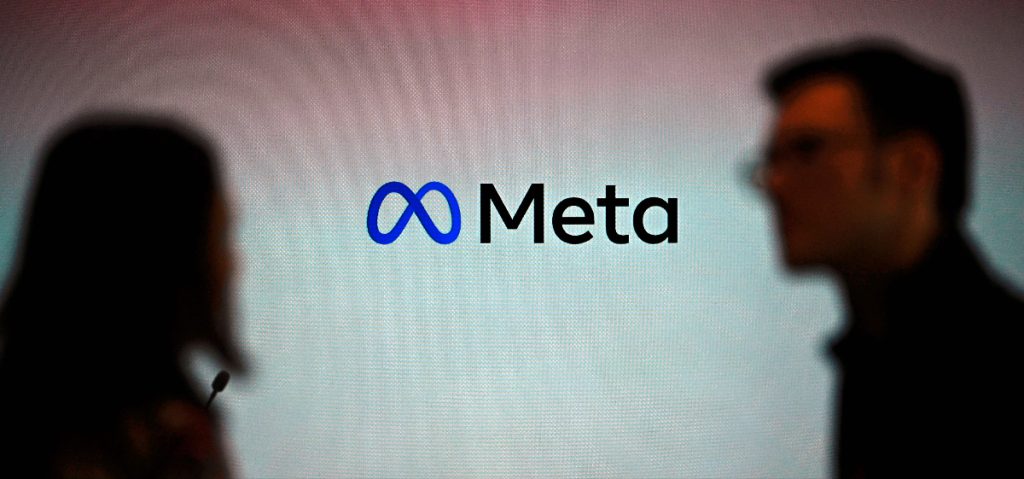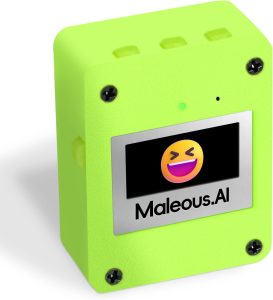Meta Unveils Its Largest AI Model Yet, Llama 3.1 405B

Meta has launched its most ambitious AI model to date: Llama 3.1 405B. Sporting 405 billion parameters, this model is designed for top-tier performance in problem-solving tasks.
At the core of its capabilities, Llama 3.1 405B is competitive with the best commercial AI models, offering advanced functionalities on various cloud platforms and enhancing chatbots on WhatsApp and Meta.ai.
Meta Unveils Llama 3.1 405B
Meta recently announced the release of its latest open-source AI model, Llama 3.1 405B. This model boasts 405 billion parameters, which are key to a model’s problem-solving abilities. Models with more parameters typically offer better performance. Therefore, Llama 3.1 405B is considered one of the most advanced models in recent years, even though it’s not the largest ever. It has been trained using 16,000 Nvidia H100 GPUs and incorporates advanced training techniques, making it competitive with leading models like OpenAI’s GPT-4o and Anthropic’s Claude 3.5 Sonnet.
As with Meta’s previous models, Llama 3.1 405B is downloadable and usable on several cloud platforms, including AWS, Azure, and Google Cloud. Additionally, it powers chatbots on WhatsApp and Meta.ai for U.S.-based users. Although it excels in text-based tasks like coding and document summarization, Meta is working on expanding its capabilities to include image and video recognition as well as speech understanding and generation. However, these multimodal models are still in development and not ready for public release.
Refined Training and Data Use
Meta has utilized a data set of 15 trillion tokens to train Llama 3.1 405B. This data helps the model better understand words and contexts. The data set is not entirely new but has been refined from earlier Llama models. Meta has enhanced its data curation and quality assurance processes to develop this model. Synthetic data generated by other AI models was also used to fine-tune Llama 3.1 405B. While synthetic data is commonly used by many AI vendors, it can sometimes introduce biases into the model. Meta has stated that it balanced the training data carefully, but they have not disclosed the specific sources of this data.
The company has reportedly used copyrighted e-books and social media posts for training, sparking controversy. Users find it difficult to opt out of such data usage. Additionally, Meta faces ongoing lawsuits for its alleged unauthorized use of copyrighted material. Despite these challenges, Meta continues to improve the training data for Llama models.
Larger Context Windows
Llama 3.1 405B features a larger context window of 128,000 tokens, allowing it to process more input data before generating output. This is roughly equivalent to the length of a 50-page book. This extended context window helps in summarizing longer texts and maintaining the flow of conversation in chatbots. The model can summarize long documents more effectively and remember topics from recent discussions.
Meta also released two smaller models, Llama 3.1 8B and Llama 3.1 70B, both with the same 128,000-token context window. These smaller models aim to handle general-purpose tasks like chatbot operations and code generation. The context window expansion from 8,000 tokens to 128,000 tokens represents a significant upgrade, provided the new models can manage this larger context efficiently.
Ecosystem and Tools
The Llama 3.1 models can integrate with third-party tools, apps, and APIs to complete various tasks. For example, they can use Brave Search for recent event queries, Wolfram Alpha API for math-related questions, and a Python interpreter for code validation. Meta claims these models can utilize some tools they haven’t encountered before, although there are limitations.
Meta is working on building an ecosystem around Llama models by releasing a reference system and new safety tools. These tools aim to prevent models from behaving unexpectedly. Additionally, Meta is previewing the Llama Stack, an upcoming API that will help developers fine-tune models, generate synthetic data, and build applications capable of autonomous actions. This move is part of Meta’s broader strategy to make its AI tools widely accessible.
Benchmark Performance
According to human evaluators, Llama 3.1 405B performs comparably to OpenAI’s GPT-4 and shows mixed results against Claude 3.5 Sonnet. The model excels in coding and plotting but lags in multilingual capabilities and general reasoning compared to its counterparts. Despite its impressive abilities, running Llama 3.1 405B requires significant computational resources, making it less suitable for everyday applications.
Meta is promoting its smaller models, Llama 3.1 8B and 70B, for more general-purpose tasks. The larger Llama 3.1 405B model is better suited for tasks that require immense computational power, such as model distillation and generating synthetic data. Meta has even updated Llama’s license to allow developers to use outputs for developing their own AI models, albeit with some restrictions.
Market Strategy and Licensing
Meta is aggressively pushing to capture a larger market share in the AI landscape. By offering its tools for free, Meta aims to build a robust ecosystem that incorporates community-driven improvements. This strategy not only helps in spreading Meta’s AI technology but also in integrating valuable community feedback into future models.
The new licensing scheme is more flexible, allowing developers to use outputs from Llama 3.1 to create their own AI models. However, apps with over 700 million monthly users must seek special permission from Meta. This requirement shows Meta’s intent to maintain control over large-scale implementations of its models.
Challenges and Future Outlook
Training large models like Llama 3.1 405B comes with its own set of challenges. Meta’s researchers pointed out issues related to power consumption during training, which can cause significant fluctuations in the power grid. These fluctuations are an ongoing concern as Meta continues to scale up its AI training efforts.
Despite these challenges, Meta is committed to refining and expanding its AI models. The company aims to balance the potential of large models with the practical constraints of power and computational resources. As Meta continues to push the boundaries of AI, it remains to be seen how they will address the environmental and logistical challenges associated with it.
Meta’s latest open AI model, Llama 3.1 405B, pushes the boundaries of what artificial intelligence can achieve. With its massive parameter count and advanced training techniques, it is set to compete with the best commercial models out there.
Despite the challenges and controversies surrounding its training data and energy consumption, Meta’s commitment to refining and enhancing its AI models is evident. Llama 3.1 405B, with its larger context windows and integration capabilities, is a testament to this ongoing effort.





